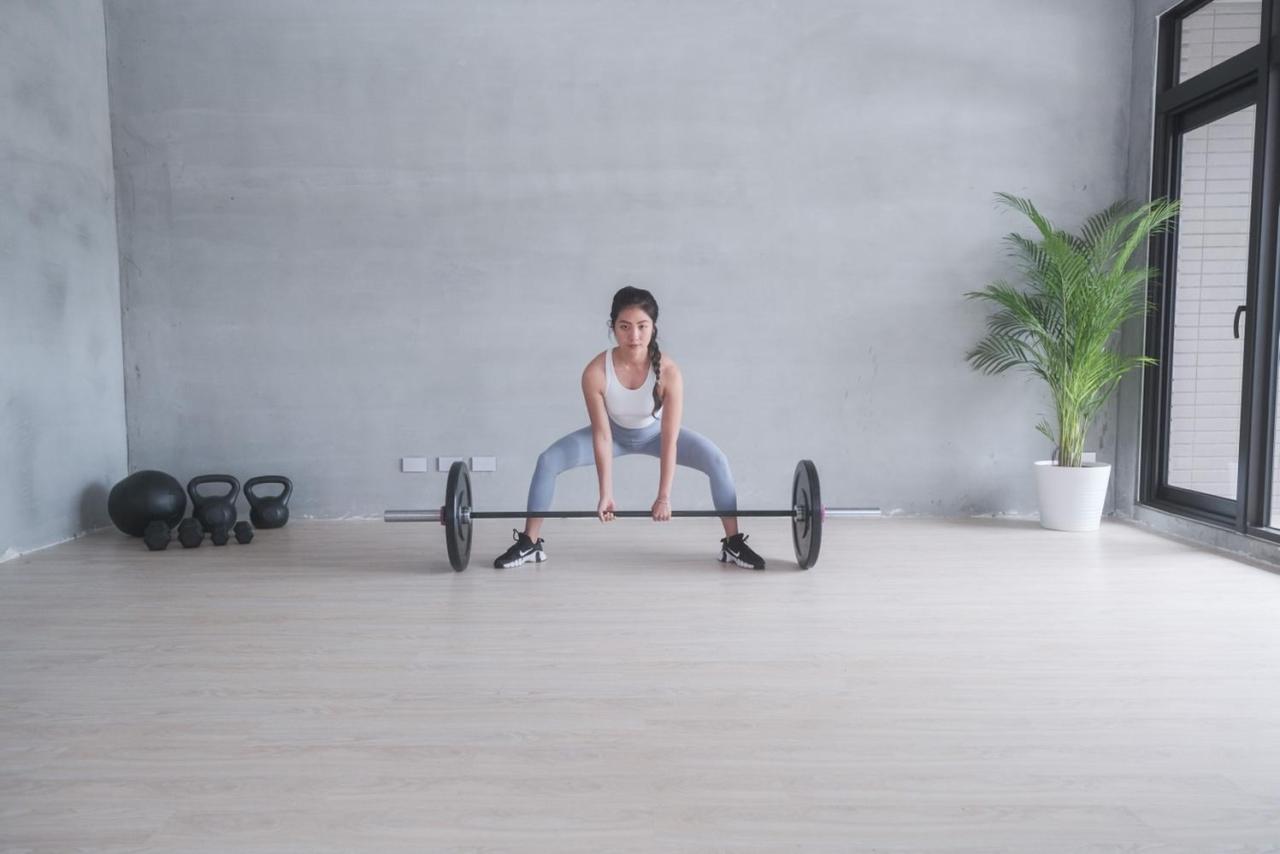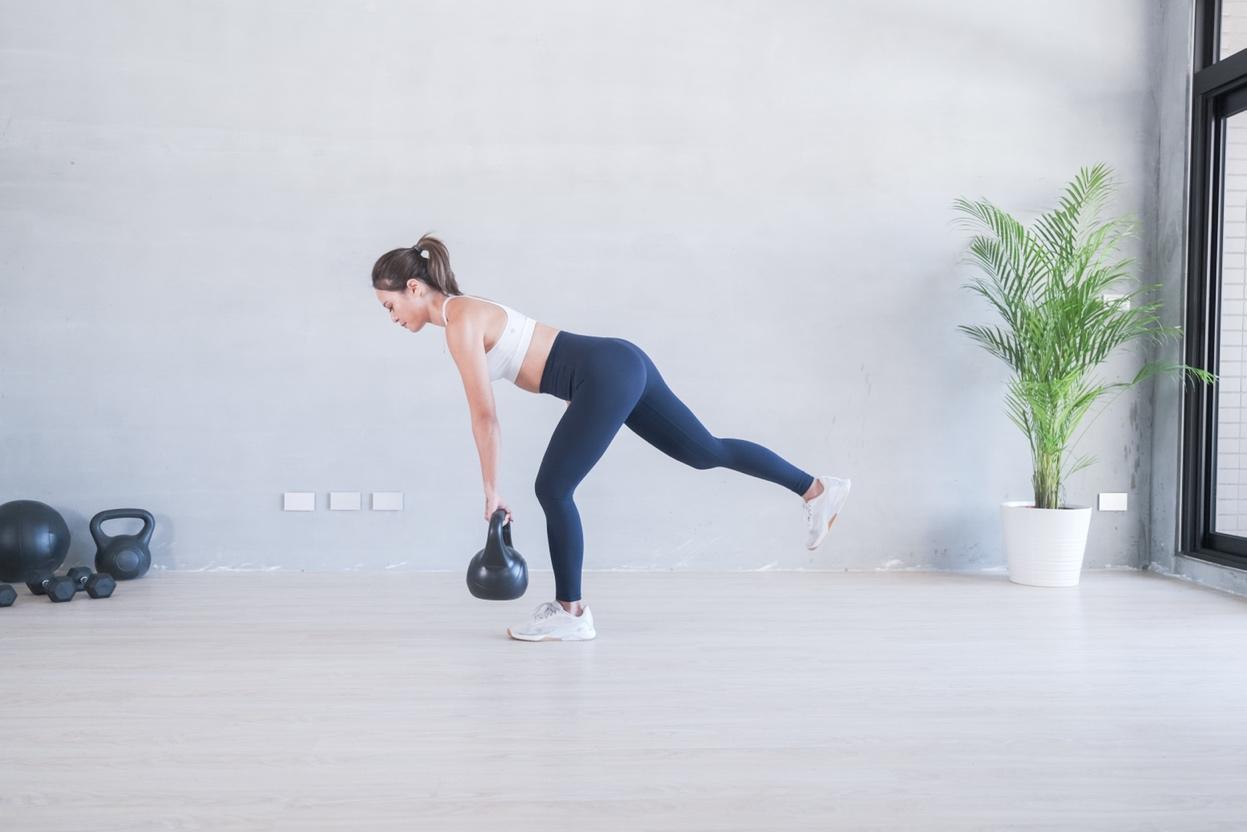If you want to have a nice hip line and increase the strength of your glutes, the hard lift is undoubtedly the first choice of training action! What do you need to know about hard lifts to train effectively and avoid injury?
What is a hard lift? How is it different from a deep squat?
The original concept of the hard lift is to lift a heavy object off the ground, such as the barbell hard lift commonly seen in weightlifting competitions. The main action occurs in the hip joint, while the deep squat is more of a knee-bending action. Therefore, the hard lift can be more targeted to the gluteal muscle groups for training.
Which muscle groups can be worked in the deadlift?
Obviously, the core muscles and the quadriceps on the front of the thighs are involved in keeping the trunk stable and lifting the weight. In addition, as the upper body holds the weight to keep the chest up and the shoulders from slumping, the stabilizing muscles of the shoulder blades and the wide muscles of the back are also worked.
What are the benefits of hard lift training?
Strengthens the glutes
As the weight increases, the gluteus maximus requires more strength to lift the weight and return the body to an upright position. This exercise can effectively strengthen the glutes.
Improves tightness in the posterior thigh muscles
Many people experience tightness in their posterior thigh muscles, which can sometimes be due to a lack of strength in these muscles rather than tightness. During a hard lift where the body leans forward, the posterior thigh muscles are stretched, helping to train the power of centrifugal contraction and improve their tightness.
Avoid or improve the problem of back pain
Due to the sedentary lifestyle of modern people, the gluteal muscles can become weak and cause the muscles of the lower back to compensate, leading to low back pain. Training the strength of the gluteal muscles and hamstrings through hard lifts can prevent lumbar spine injuries and is considered an important rehabilitation exercise for low back pain.

The Ideal Hard Lift Position
The ideal hard lift position is to maintain the natural curvature of the spine, avoid bending or overextending the waist, and focus on hip flexion. Additionally, when standing with the weight lifted, the pelvis should be above the arch of the foot, avoiding excessive forward pelvic motion that can lead to pressure on the lumbar spine.
Variations of Hard Lift
In addition to the standard hard lift, several variations can be used to target specific muscle groups.
Sumo Hard Raise
The Sumo Hard Raise increases the distance between the feet to challenge the inner thigh muscles.

Single legged hard lift
In addition to improving single-legged stability and balance, the Single-Legged Hard Lift can also help address muscle imbalances between the two legs. For those who find the exercise challenging, it’s possible to touch the other foot back to the ground without fully lifting it off the ground.




